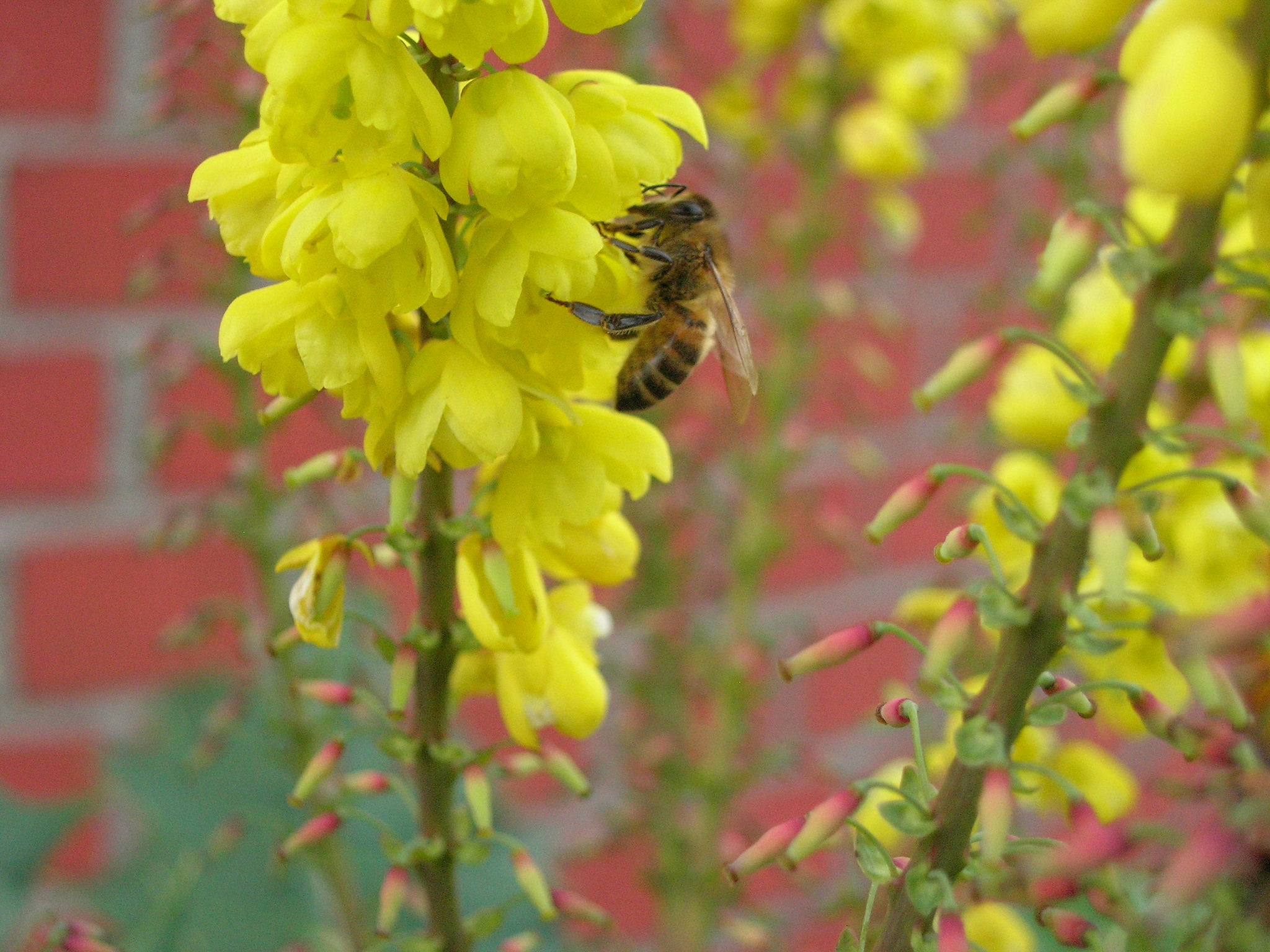Bees and other pollinators out and about during the dark days of winter look to gardeners for the nourishment that keeps them going until the more abundant seasons of the year arrive.
“Black-tailed bumblebees are out as early as January,” said Andony Melathopoulos, a bee specialist with Oregon State University Extension Service. “Native bees are just starting and will be seen more often later in February when the wild willow starts blooming.”
Though there are winter-flowering plants growing in the wild, many pollinators don’t live anywhere near them. That makes using cultivated winter bloomers an important consideration when planning a garden.
“Even a small amount of habitat will sustain bees, even rare species,” Melanthopoulos said. “These are tiny creatures. Well-thought-out landscapes can provide all the food they need in winter. Gardeners can really help with that.”
Granted, there aren’t that many plants that flower in winter, but what’s out there adds much-needed brightness to the garden and sustenance for pollinators. Melathopoulos suggested the following winter-blooming plants.
Brassicas (broccoli, cauliflower, cabbage, mustard): If left to bloom into winter (which they will), your brassica crops will attract a bevy of bees.

Hazelnut (Corylus): Members of the Corylus genus – including the popular contorted and weeping hazelnuts – are one of earliest sources of pollen for bees.
Oregon grape (Mahonia): No garden – or bee – should be without one of these evergreen shrubs, especially since it’s designated Oregon’s state flower. But an even better reason are the insanely yellow flowers that last for weeks.
Heath and heather (Erica and Calluna): Bees zoom in to heaths and heathers like they’re approaching a runway. In shades from purple to copper to gold, these low-growing plants make a mat of color throughout the year, including winter.
Winter jasmine (Jasminum nudiflora): Though it doesn’t have the fragrance of other jasmines, this vining shrub has bright yellow flowers that are a welcome sight in winter.
Burkwood viburnum (Viburnum x burkwoodii): The burke Viburnum is best known for the clusters of fragrant white blooms that bees find irresistible.

Sweet box (Sarcococcus confusa): It’s not the inconspicuous wispy white flowers that draw attention in deepest winter, it’s the waft of fragrance that attracts both people and bees.
Witch hazel (Hamamelis): Bees get fired up over witch hazel with its crepe-paperlike flowers in colors of orange, red and, most famously, yellow.


